I’ve been to New Orleans four times in my life.
Each visit, I’ve gone in December. It’s not entirely a coincidence, as that’s when the Photo NOLA festival takes place. (I’ve attended in 2012, ’14 and now ’17)
Despite the fact that New Orleans is situated on the Gulf Coast, and is reputed for its lovely winter weather, two of my visits were met with freezing-rain-ice-storms that made me want to cry in a pillow.
(The other two times I was met with humid, sunny, 70-80 degree weather, so I guess it all depends on luck.)
The fact the weather was awful this year was mitigated by the fact that I’d planned the trip with little time scheduled outside the International House Hotel, where the event is held each year. (It’s just a few short blocks outside the French Quarter.)
Mostly, I was either in the hotel or adjoining conference center, or safely ensconced inside a bar/restaurant/museum/gallery/party/Uber. So any whinging I now provide is mostly for comedic effect.
There was a brief moment, the first night, when I couldn’t figure out how to turn on the heat in my hotel room, and I actually did cry into a pillow, but beyond that, I had a smashing time at Photo NOLA last month.
Like many portfolio review events these days, Photo NOLA is run by a non-profit, in this case the New Orleans Photo Alliance, which is a member-supported organization. (We did an interview on the subject years ago with Jennifer Shaw, if you’d like to learn more about it.)
So Photo NOLA is imbued with a sense of mission, and everyone clearly loves being a part of such a vibrant local photo community. Like Filter in Chicago, another of my favorites, this festival puts heavy emphasis on socializing, as they have several parties and events lined up, including a gala at the New Orleans Museum of Art, and a yellow-school-bus-led gallery tour.
Photographers have a lot of choices these days, as far as review events to attend, so I think the fact that you can have so much fun at Photo NOLA, in addition to the fact they clearly get a few reviewers each year who normally aren’t on the circuit, makes it a very wise place to invest your obviously-limited resources.
(If you’re one of the few out there who’s doing really well, getting rich off of being a photographer, you can ignore the previous comment, but have the decency to keep it to yourself, OK?)
For whatever reason, I had a lot of people visit the table this year who were looking for advice and feedback, but weren’t quite ready to be shown here. I do the best I can to help, obviously, but only publish work in the column that demonstrates a high degree of craft, if not concept, over 8-10 pictures.
As such, I’ll show you a handful of projects today and next week, and then we’ll be back to the book reviews. I attend most of these events in the summer and fall, so this will be the end of the review stories, for a while.
As usual, the photographers are in no particular order.
Ok, they’re in no particular order beyond the fact that I’m starting with Jared Ragland. His work was the most complete, compelling project I saw, and I voted for it for the Photo NOLA prize.
Jared used to work with Pete Souza in Obama’s White House. (An era that now seems like Martin Sheen’s TV presidency, for all the similarities it shares with contemporary reality.) But Jared is originally from Alabama, and returned home to turn his attention to the meth epidemic that is ravaging the NE part of the state.
The pictures are genuinely visceral, as they make a viewer feel uncomfortable. They show something decidedly ugly, and real, but the strong aesthetics give the ride a bit of turbo boost. Additionally, Jared worked with a sociologist to give the project a sense of academic rigor.
Brilliant stuff.

jaredragland.com

jaredragland.com

jaredragland.com
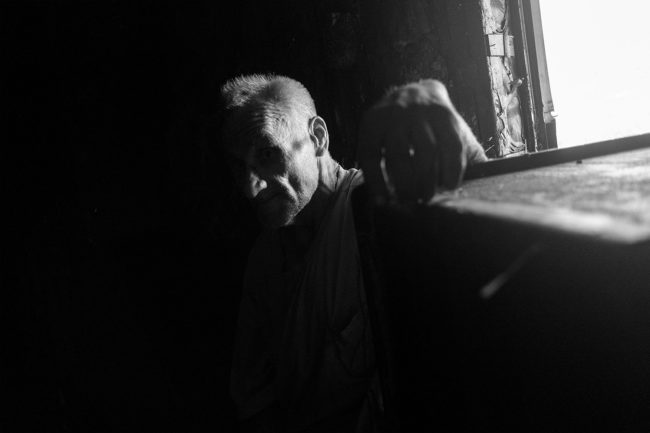
jaredragland.com
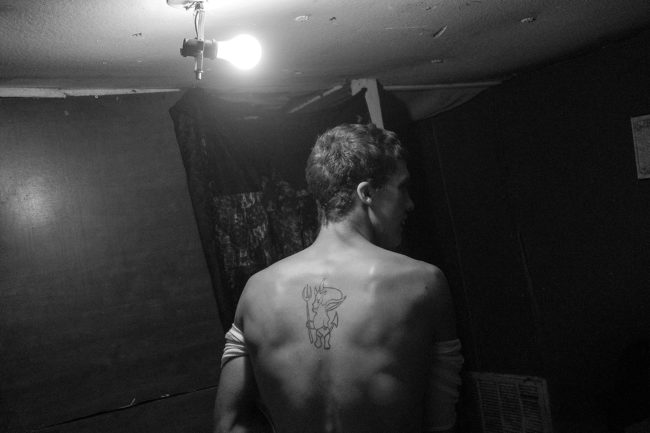
jaredragland.com
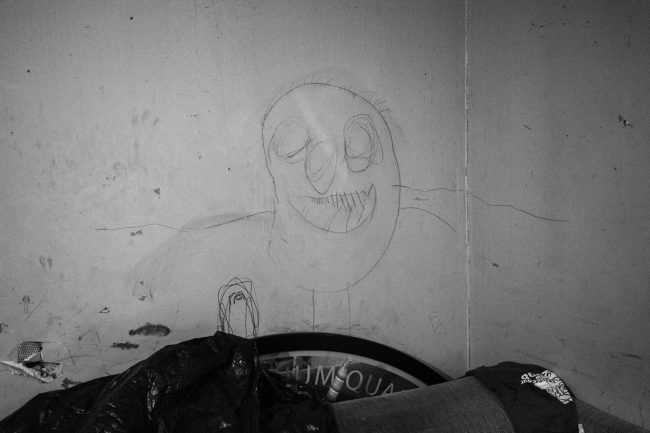
jaredragland.com

jaredragland.com

jaredragland.com

jaredragland.com

jaredragland.com
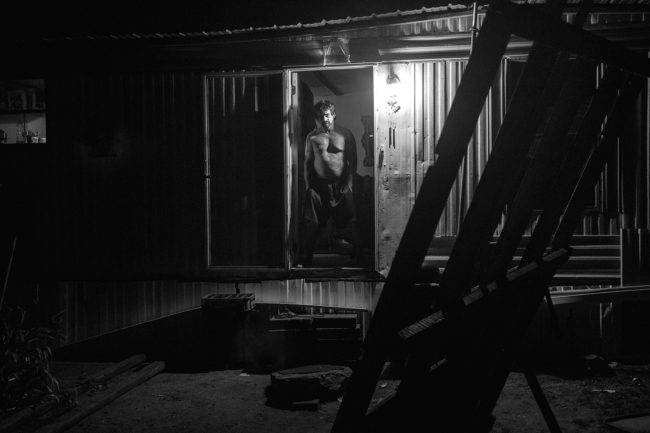
jaredragland.com

jaredragland.com
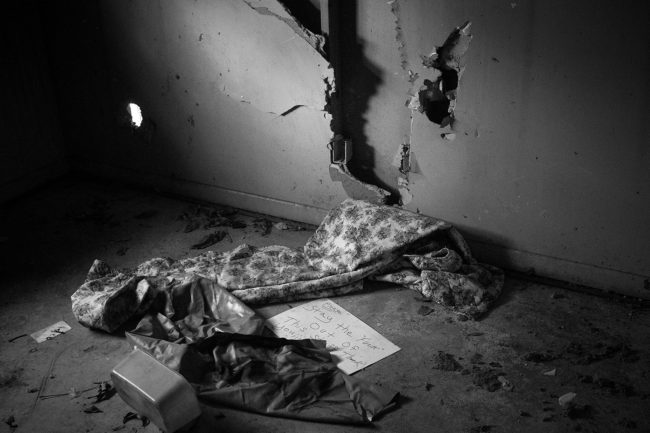
jaredragland.com
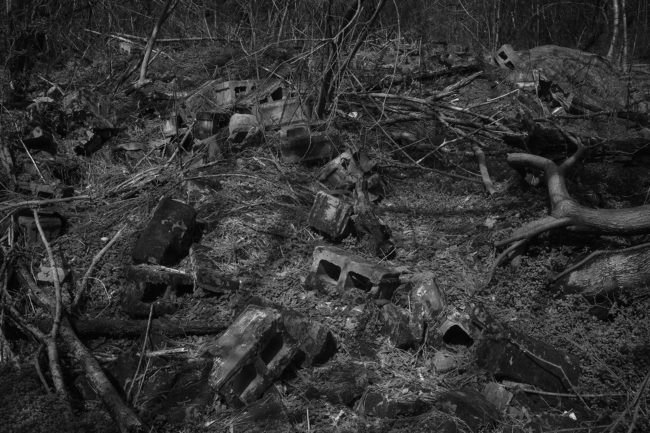
jaredragland.com

jaredragland.com
Ellie Ivanova had a new take on a subject matter we’ve all seen before: war re-enactors. It’s not hard to see why people are drawn to the subject, as it’s incredibly visual, and also goes pretty far down the road of creating the impression of time travel.
I feel most photographers neglect to really push the element of time in their work, so when the clothing and props are already there for the taking, it’s not hard to see why people with cameras get curious.
Ellie is from Bulgaria, but based in Denton, TX, where she got her MFA degree. She is using a fairly original analog technique to make prints that don’t look real, using some strange acid trick. The chemistry acts in funny ways, and eats away at the emulsion, so the visual effects enhance the emotionality, I think, and also imbue the subject with a bit of originality.
I first saw Amilton Neves‘s work during the portfolio walk, and stopped in my tracks, as it is clearly compelling. Luckily, he had a review with me the next day, so I got the full backstory.
Amilton recently moved to Tampa from Mozambique, where he was both a photographer and an anthropologist. Back home, he became intrigued by a community of women who’d been encouraged to write letters to Portuguese colonial soldiers during a war of independence in the 60’s and 70’s.
Portugal was eventually ejected, after 500 years of Colonial exploitation, and the women were deemed enemies of the state. Surprisingly, they’re still demonized, all these years later, so Amilton photographed them in their homes, and gained access to some of the letters as well.
I think it’s a striking project, and look forward to seeing what he comes up with down there in the craziest state in the Union. (Keep f-cking that chicken, Florida.)
Jo Ann Chaus and I got along swimmingly. She’s a Jewish grandmother from Northern New Jersey, and we openly discussed how hard it can be to focus on a career in the arts, coming from that local culture. (I’m sure I wouldn’t be an artist today if my folks hadn’t left for Taos in the 90’s.)
Though I admit women of her generation doing self-portraiture-based projects is a bit trendy at the moment, (which I told her,) I found an honesty, and visual strength, in many of these pictures, and heartily encouraged her to continue, and push it even further.
Lisa M Robinson and I go way back, as she used to be married to my friend Ken. (Who featured in the ridiculous Marfa article series we published in 2012.)
Lisa, who’s represented by our friends Klompching Brooklyn, got a lot of traction years ago for her project, and Kehrer Verlag book “Snowbound.” They were lovely, meditative, large format images, which she followed up with a series about the sea.
Though I know she was not enamored of Tucson on first site, apparently she made her peace with the desert, because I think this new group of pictures, Terrestra, rocks. I saw it at the portfolio walk, and the prints, trimmed borderless, were the best I saw in NOLA. (The show is up at Klompching as we speak.)
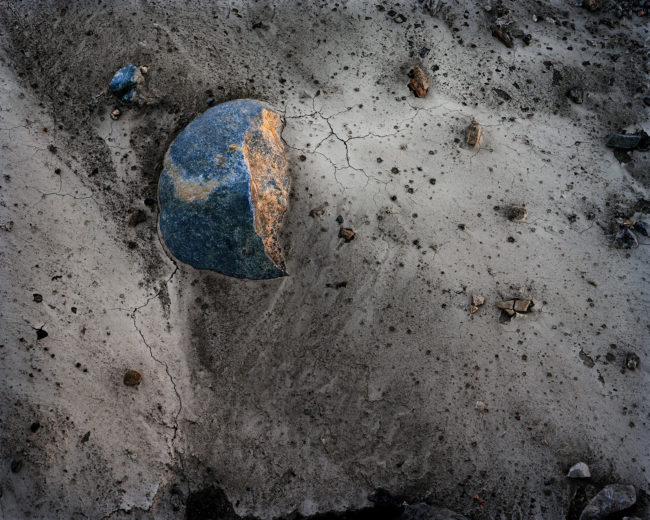
We’ll end today with Rich Frishman, a funny guy who’s based in Washington. I was talking with Frish Brandt, the Director of the Fraenkel Gallery, who was my table-mate, when Rich walked up to my table, and she said he was her brother.
They both smiled, and I was totally sure they were spontaneously busting my balls. You know, two people who get in on the joke immediately, like improv performers.
But no, they insisted, her name Frish came from Frishman, the two hugged, and then she told me he should have been a better big brother when they were young. (He confirmed as much.)
In all my years reviewing, it was one of the most surreal little moments I’ve had. (Is there a book in that? All the craziest stuff I’ve seen at portfolio reviews? Probably not.)
Rich’s pictures are panoramic visions of Americana, shot across much of the country, and are meant to be printed very large, so people can dive into the details. The photos are obviously likable, and kitschy, but I told him the more visually compelling they were, the more people would engage with his vision.

ALL RIGHTS RESERVED
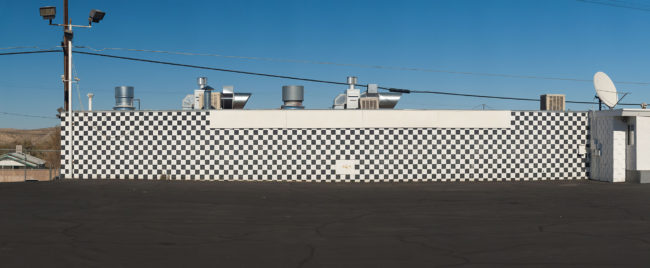
ALL RIGHTS RESERVED

©Rich Frishman
ALL RIGHTS RESERVED
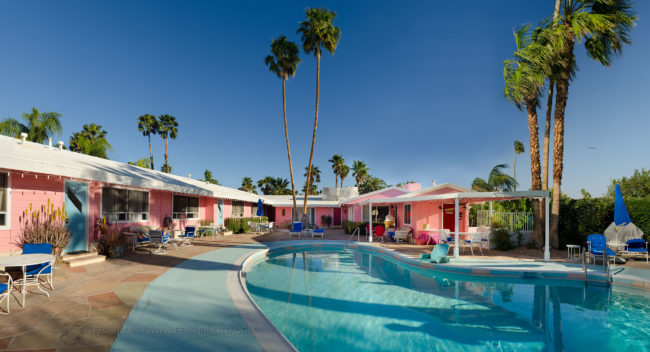
ALL RIGHTS RESERVED

©Rich Frishman
ALL RIGHTS RESERVED
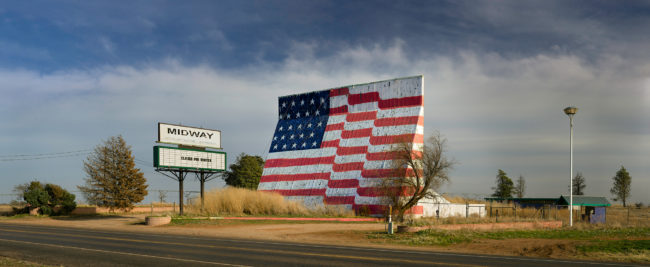
©Rich Frishman
ALL RIGHTS RESERVED
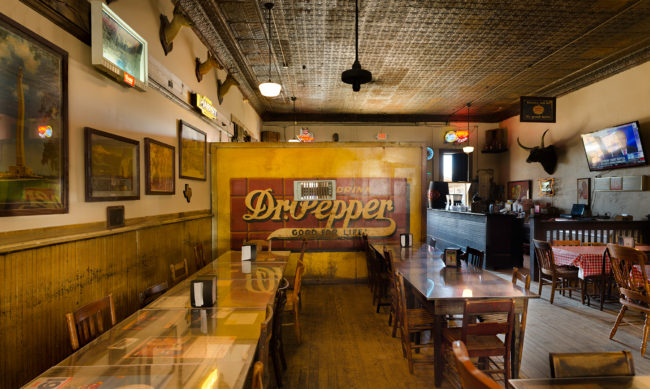
The wall was constructed in the early 20th Century and is decorated with an original pre-1929 Dr. Pepper logo.
At the time of its construction (circa 1906) only Caucasian customers were allowed to sit in the front of the saloon. All Hispanic, Latino and African-American customers had to sit behind the wall.
When the saloon was remodeled and re-opened in 2014 the wall, no longer used for its original purpose, was retained as a historical reminder.
©Rich Frishman
ALL RIGHTS RESERVED
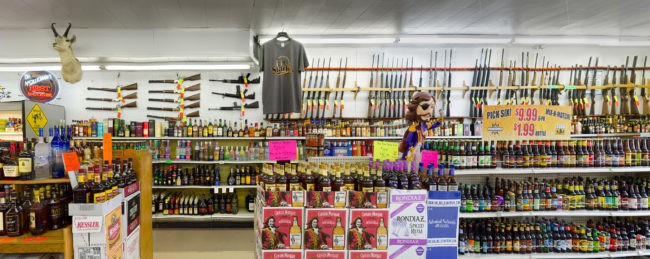
©Rich Frishman
ALL RIGHTS RESERVED
See you next week with more great photography. (If we don’t get nuked first…)
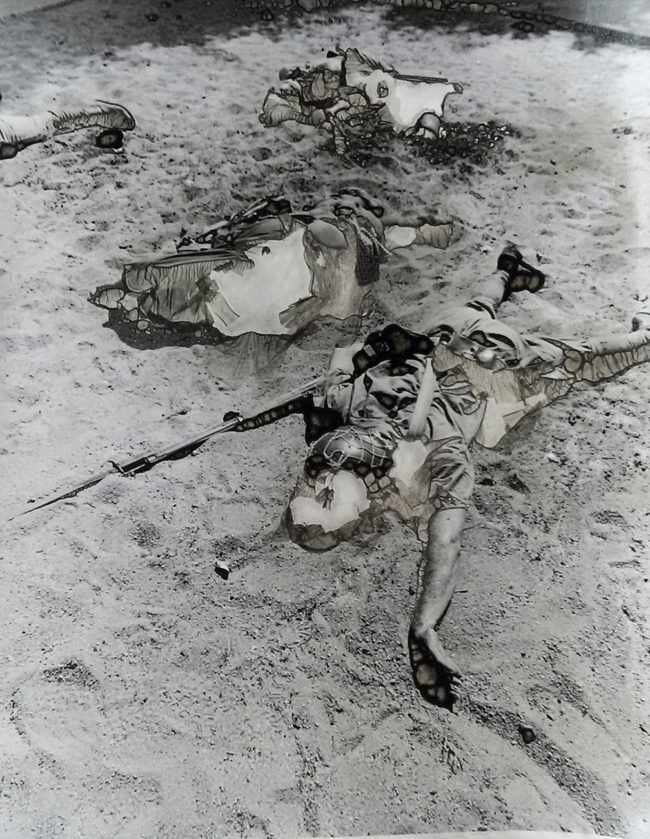

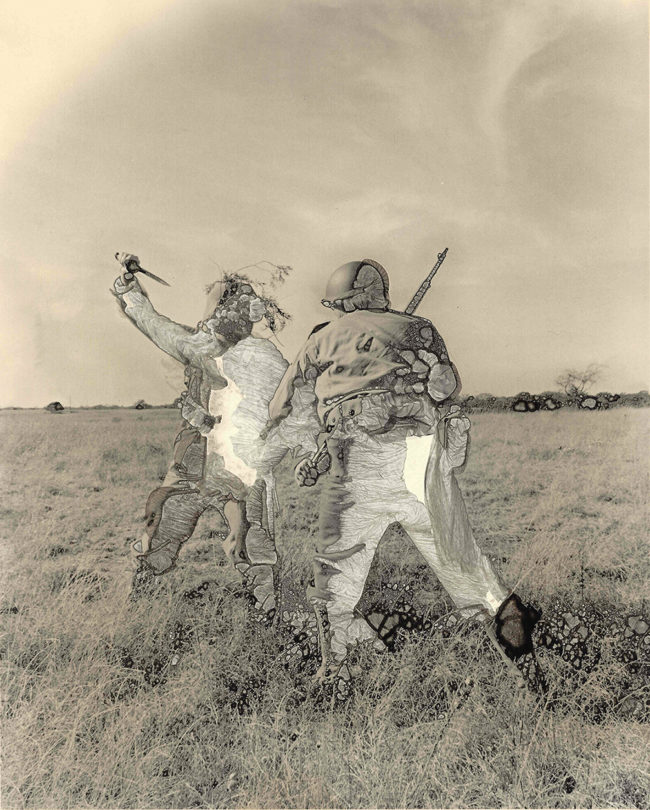


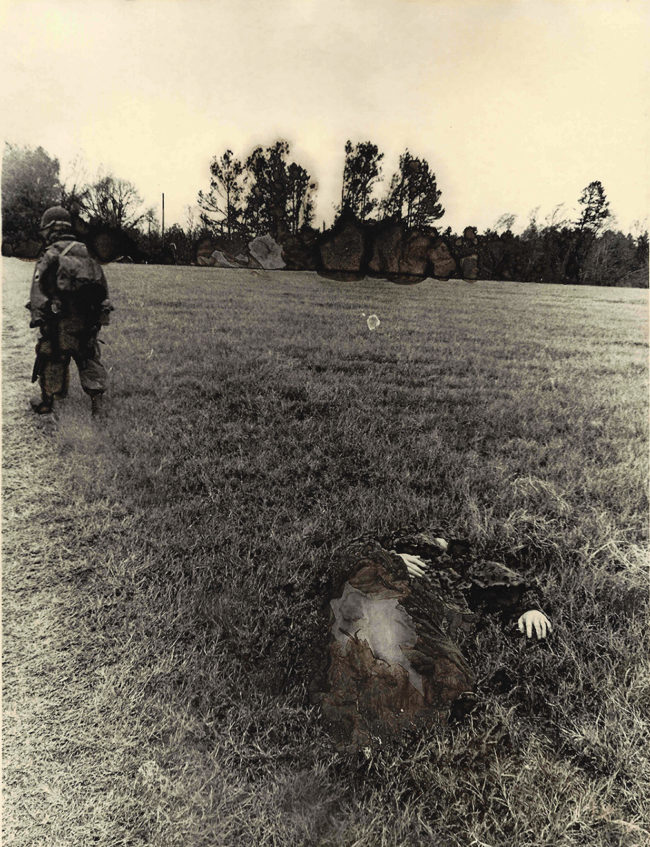

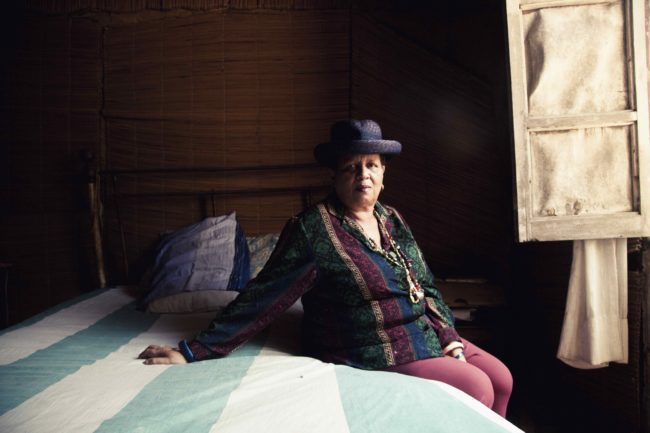

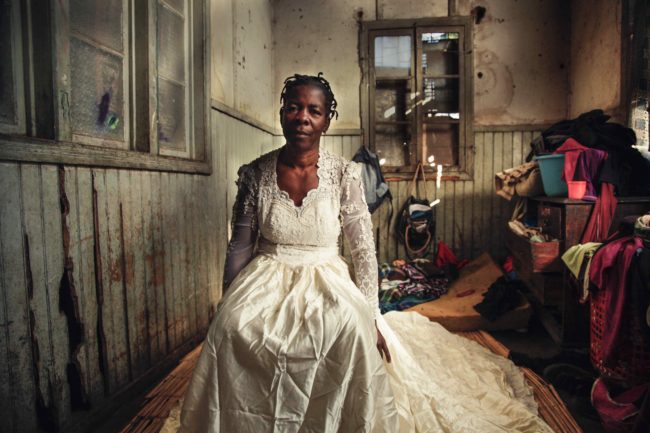
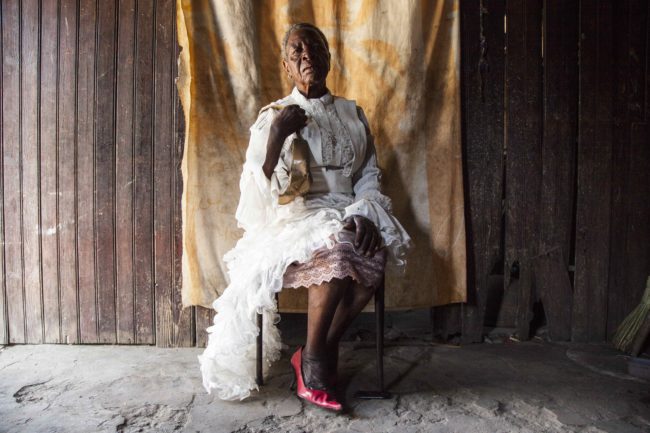
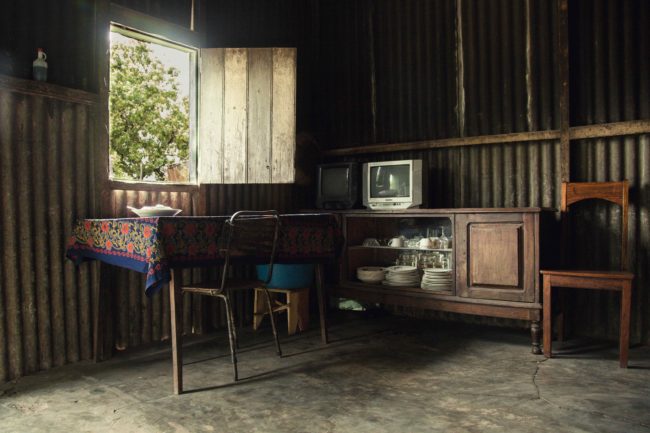
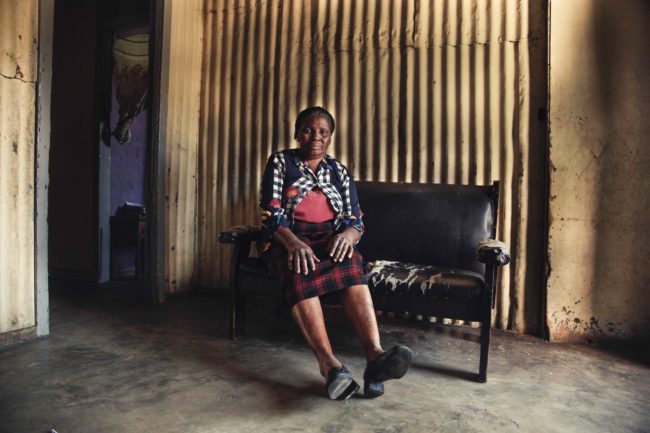

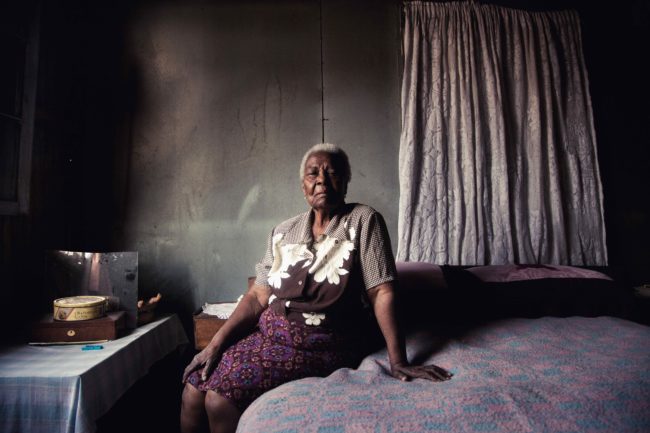
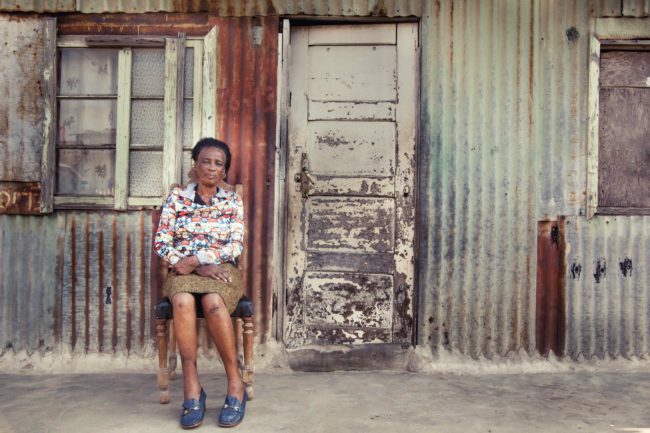


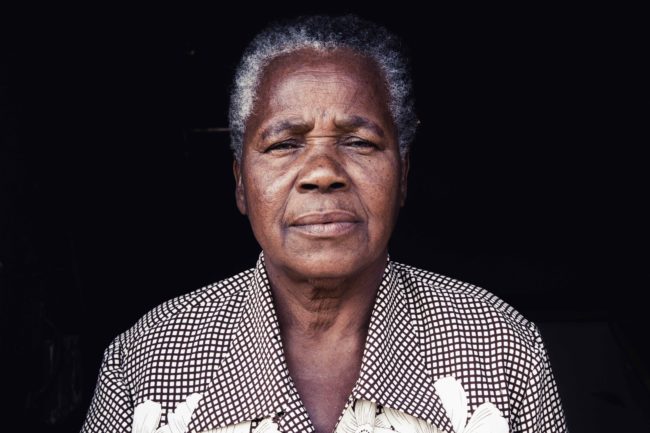
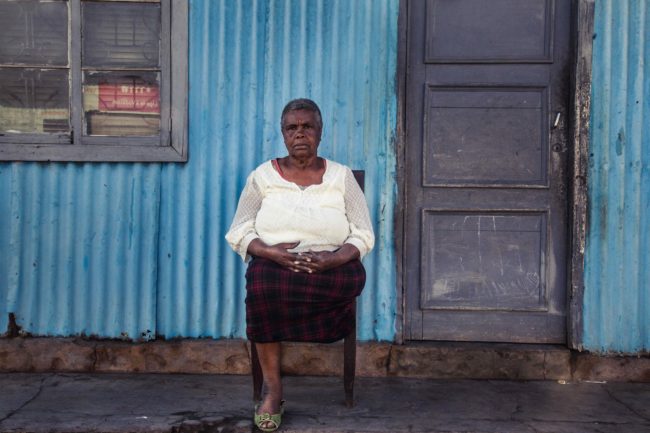
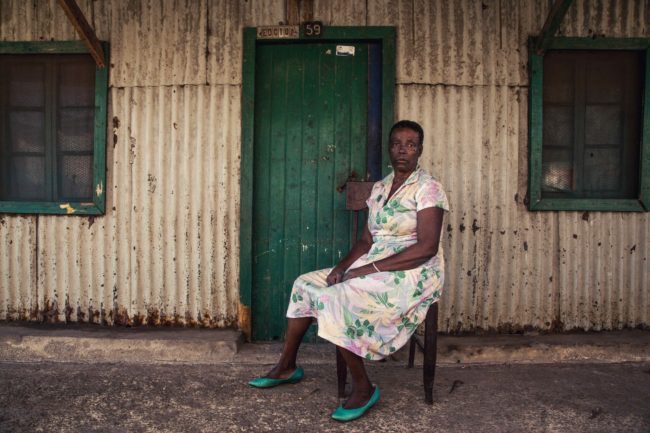
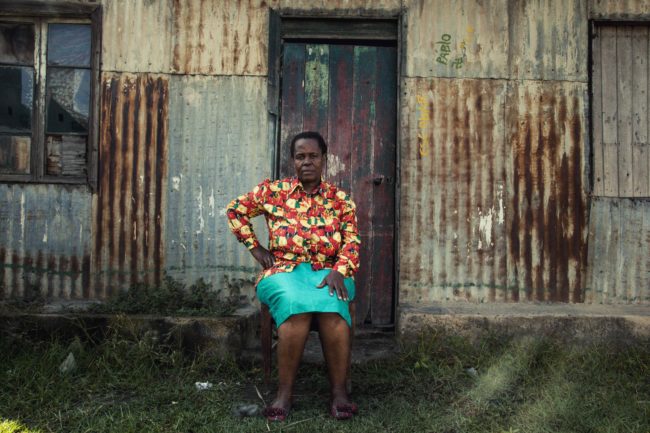
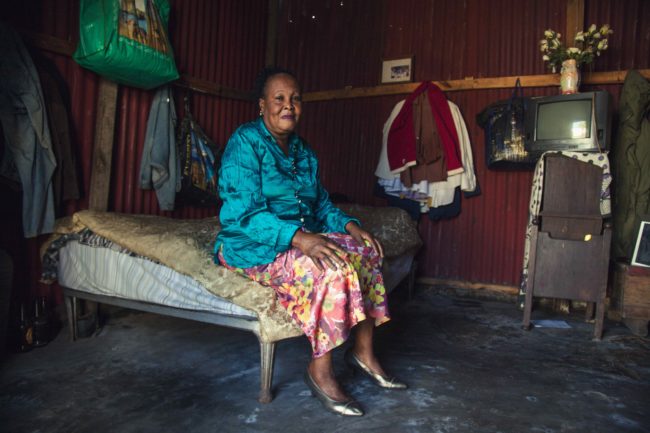
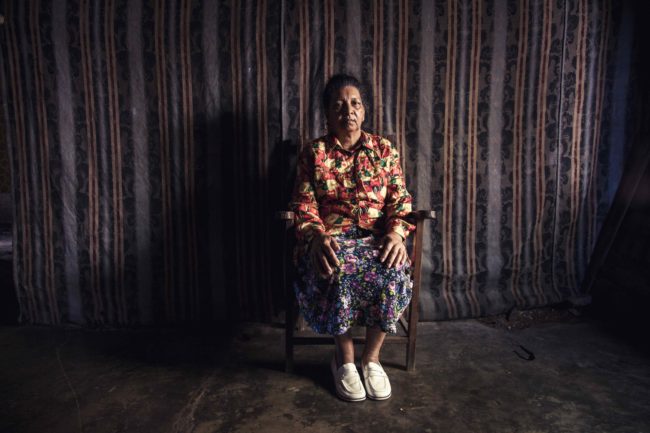

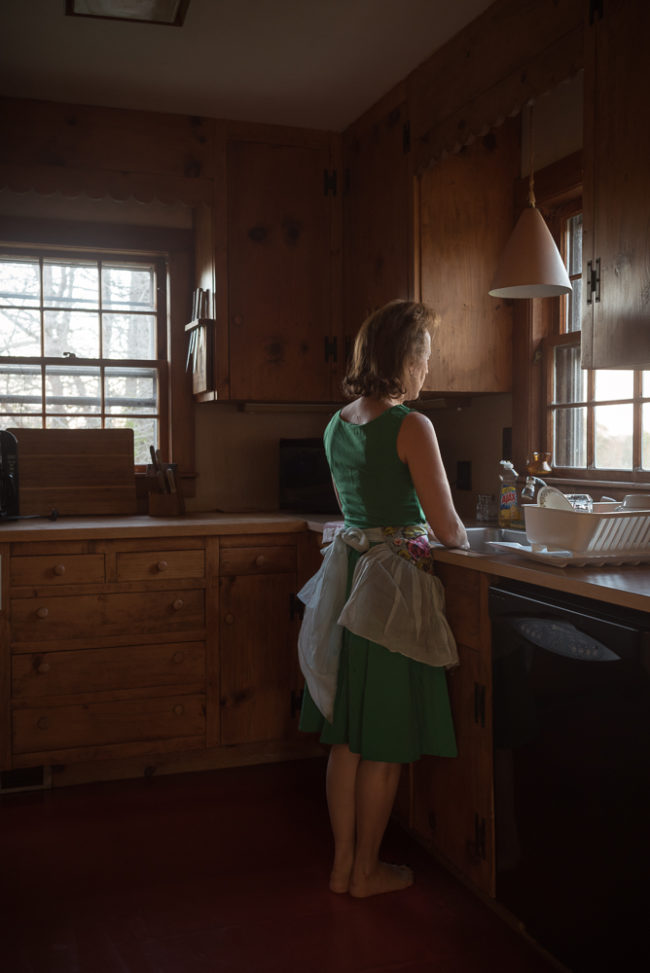

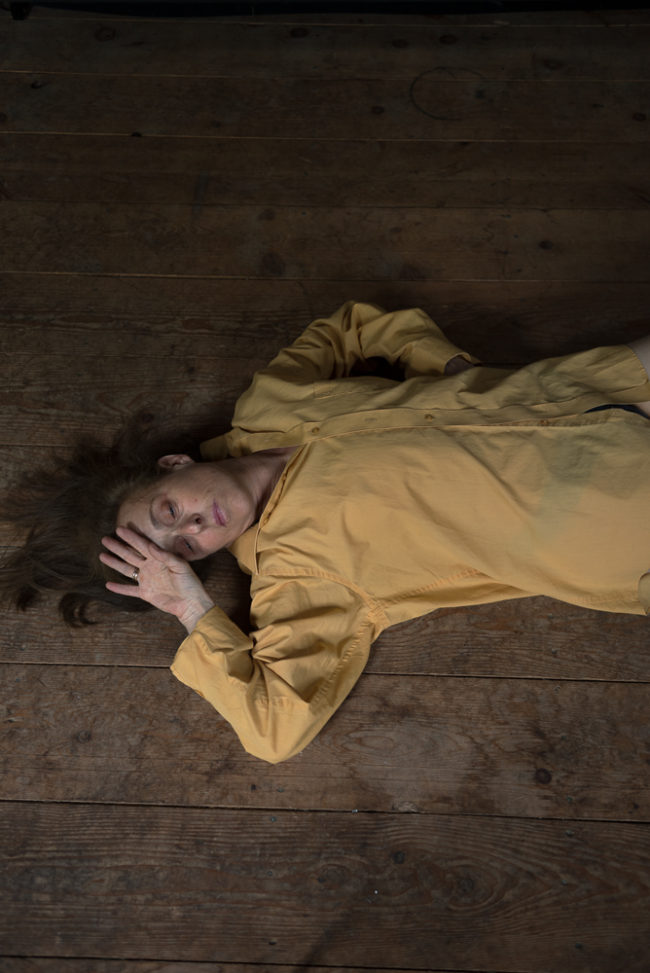
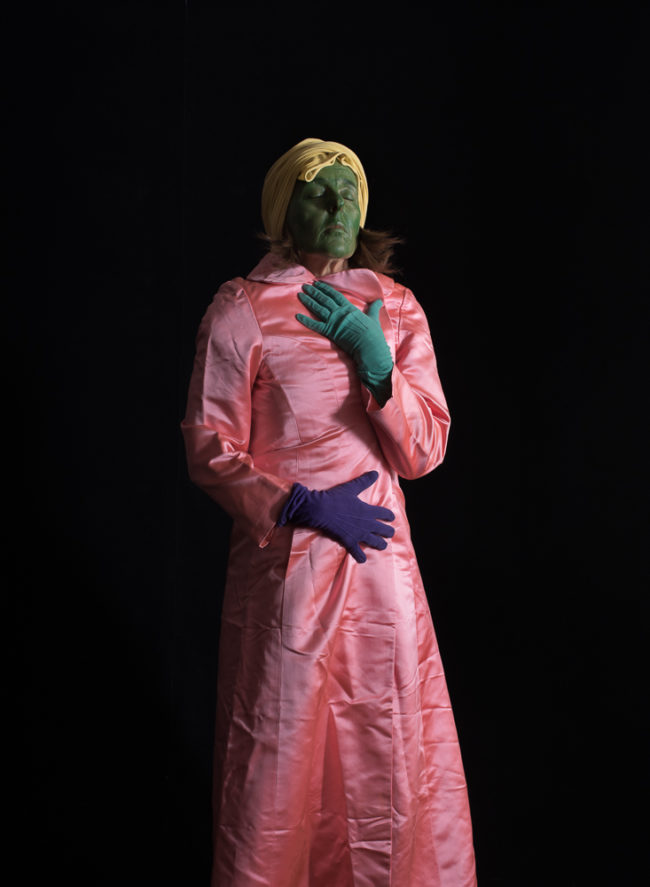


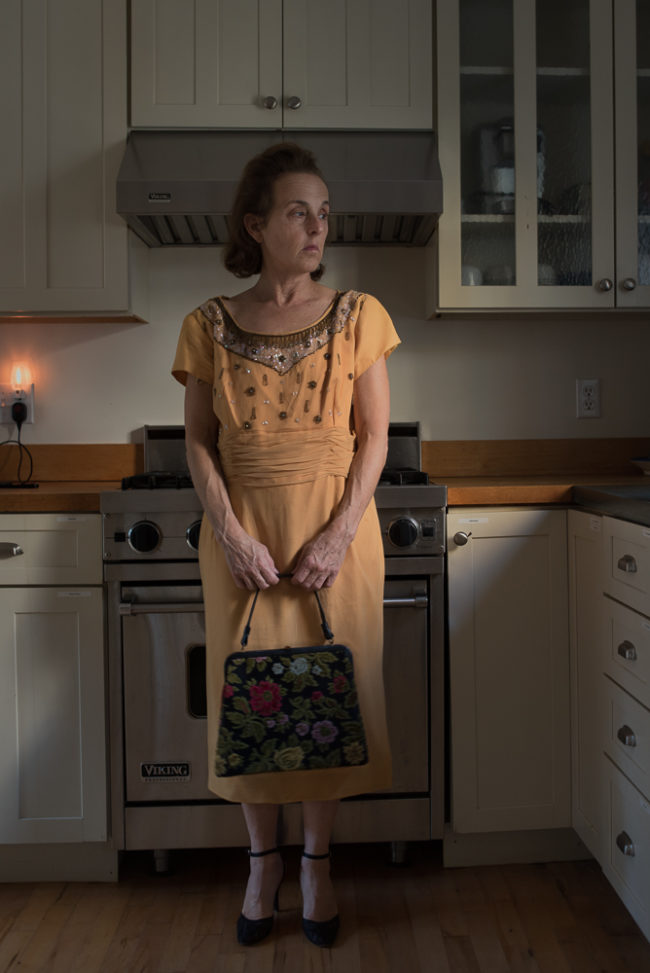
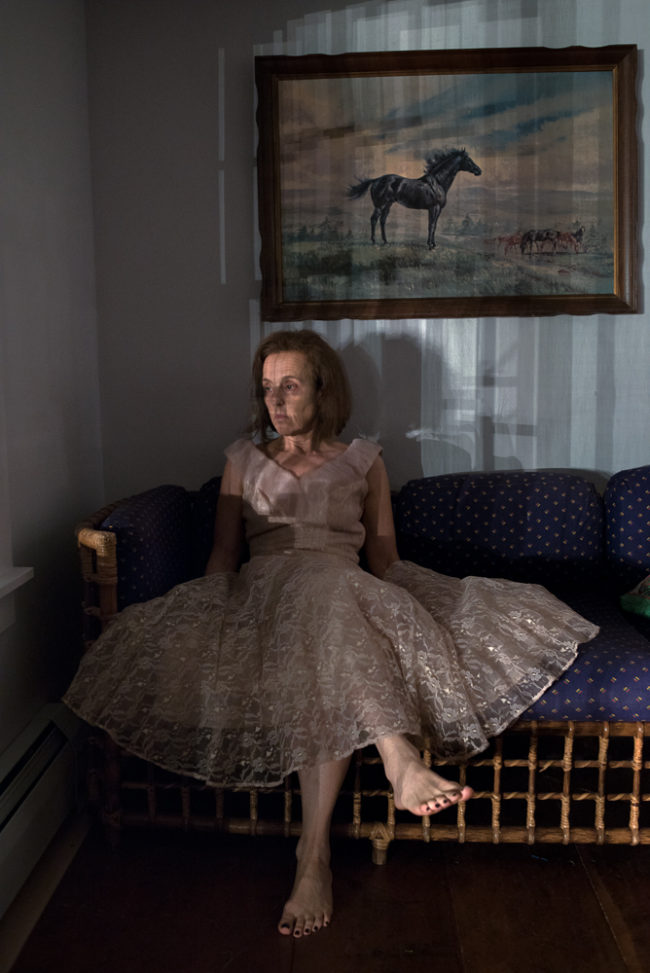
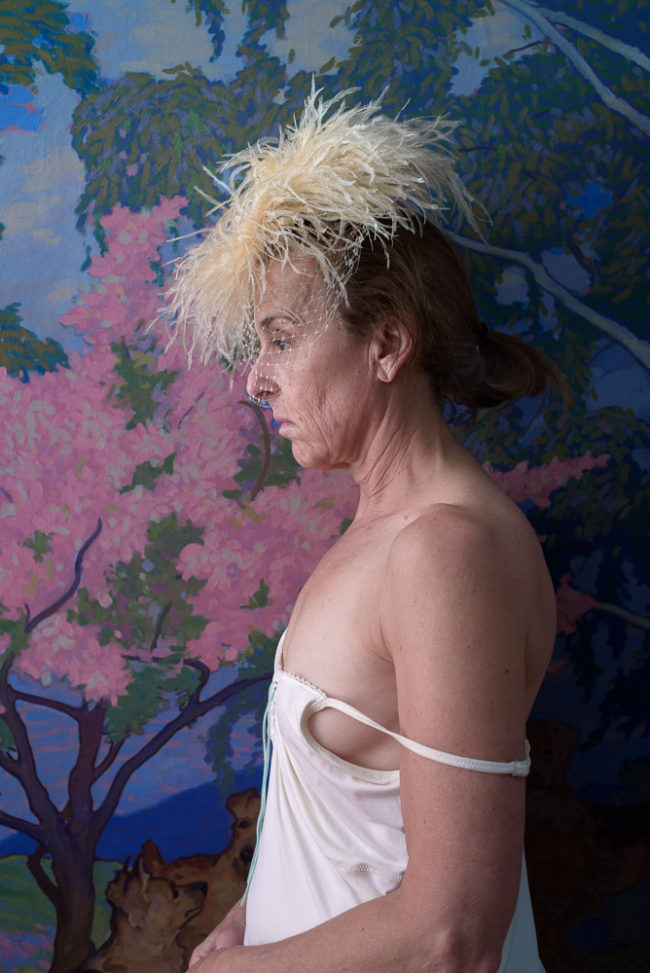
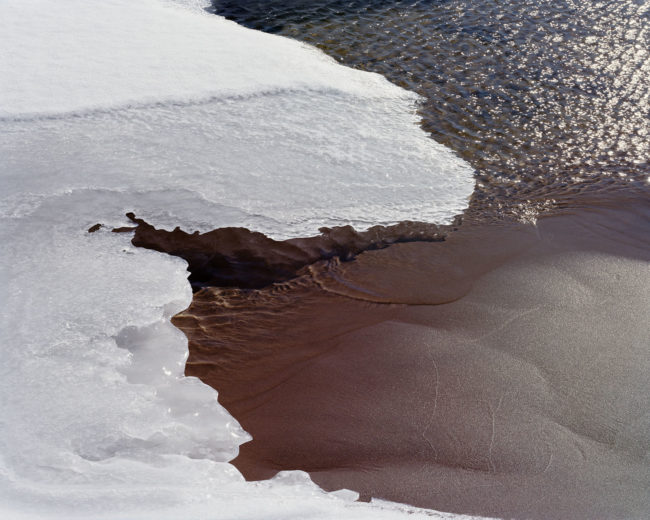
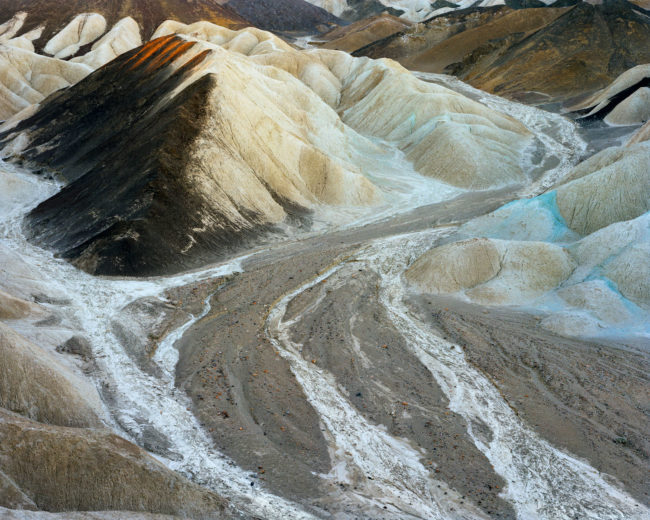
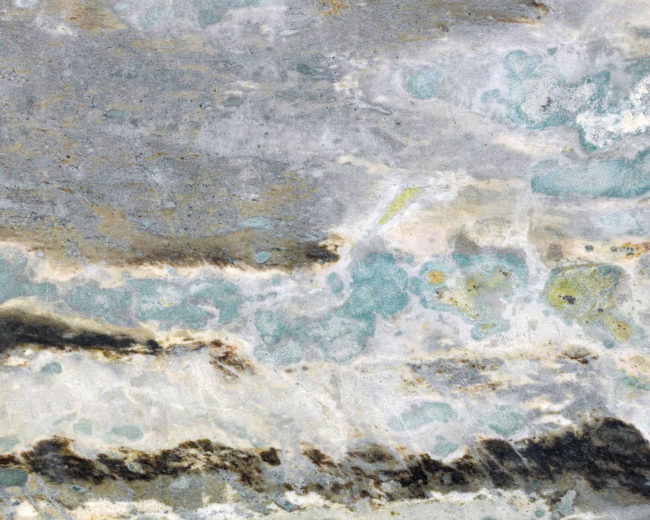
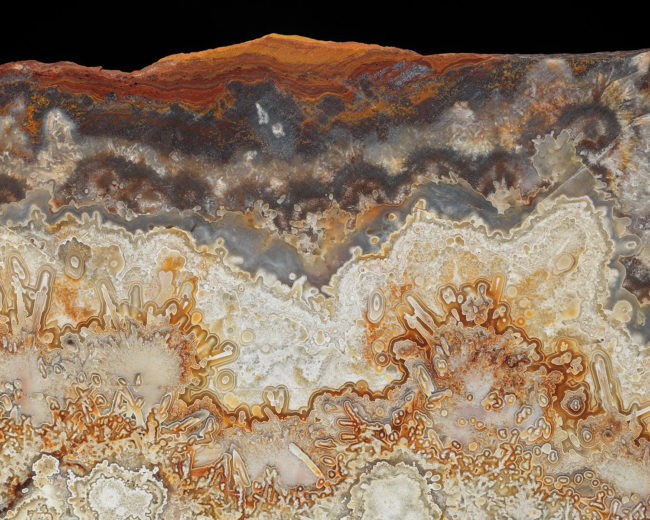

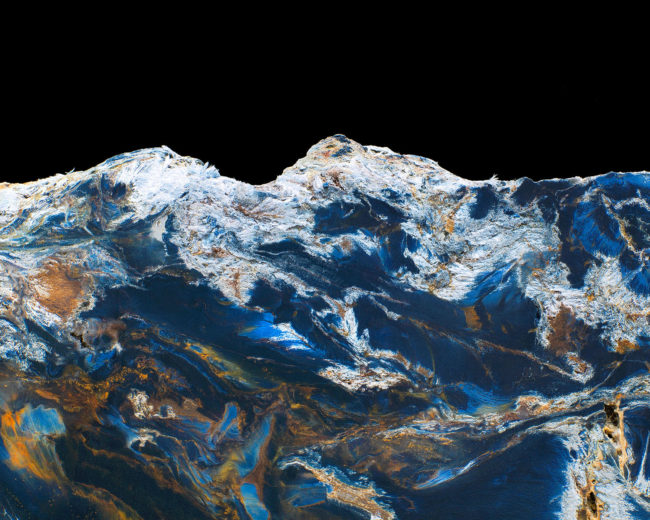

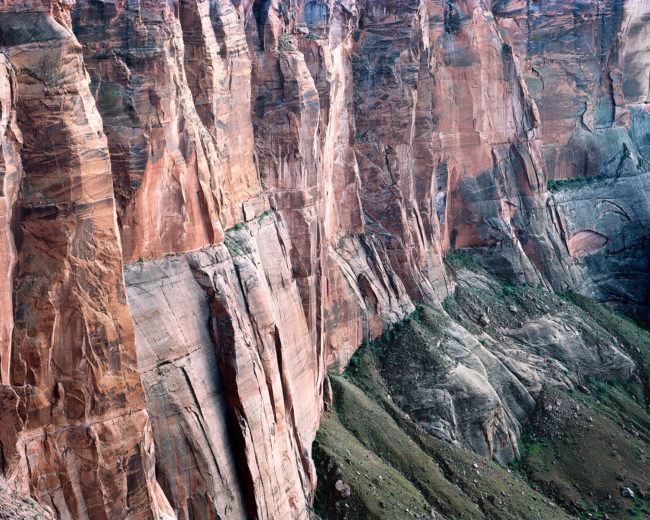
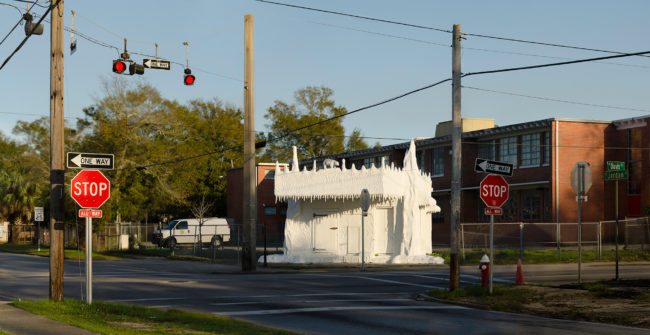
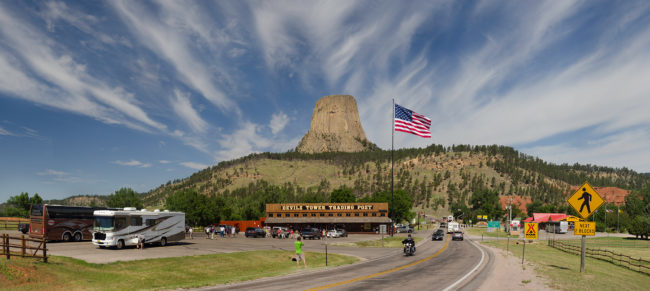
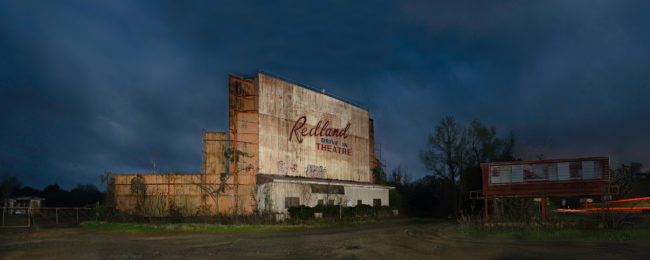
2 Comments
From down right scary American shit to all out American kitsch… just like stepping out into real life USA- never know which one will hit ya upside the head…
Thanks for sharing. Always great to learn of new photographers that have such great projects going.
Comments are closed for this article!